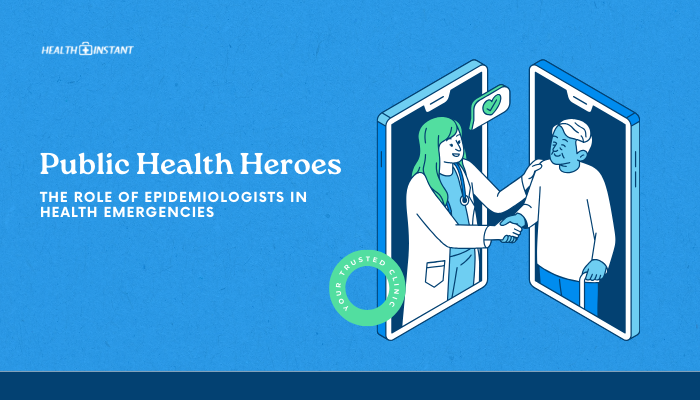Introduction
When disasters strike—whether earthquakes, hurricanes, wildfires, or floods—professional responders can become overwhelmed by multiple calls for help. Community Emergency Response Team (CERT) programs equip regular citizens with foundational skills to supplement first responders until they arrive. This guide outlines the basics of CERT, including how volunteers get trained, respond to crises, and contribute to neighborhood resilience.
What Are CERT Teams?
A CERT (Community Emergency Response Team) is a group of trained civilian volunteers who help with local preparedness, response, and recovery efforts. CERT teams support tasks like:
- Minor Fire Suppression
- Light Search and Rescue
- First Aid
- Disaster Logistics
- Information Management (documenting damage or casualties)
Created to engage communities in readiness, CERT programs date back to the 1980s. Today, they operate under agencies such as FEMA in the U.S. and local emergency management worldwide.
Key Areas of CERT Training
1. Disaster Preparedness
Volunteers learn how disasters unfold, local hazards, and strategies to organize resources.
2. Fire Safety
Instruction on safe fire extinguisher usage and small fire containment.
3. Medical Operations
Basic triage, bleeding control, and splinting. CERT volunteers know not to replace professional EMTs but to stabilize the injured.
4. Light Search and Rescue
Techniques for locating and safely extricating survivors from lightly damaged structures.
5. Team Organization
How to communicate, form small squads, and manage tasks effectively during stress.
6. Disaster Psychology
Covers mental well-being for both survivors and responders.
Why Join a CERT Program?
- Boost Personal and Family Preparedness
- By mastering first aid or fire safety, you safeguard your household.
- By mastering first aid or fire safety, you safeguard your household.
- Help Neighbors
- If roads or phone lines fail, local volunteers can be the first on the scene.
- If roads or phone lines fail, local volunteers can be the first on the scene.
- Develop Leadership Skills
- Team coordination fosters problem-solving, communication, and practical leadership.
- Team coordination fosters problem-solving, communication, and practical leadership.
- Strengthen Community
- A well-trained volunteer base fosters unity, bridging agencies and residents.
How CERT Operates in Emergencies
During crises, CERT members:
- Report to a Command Structure: They follow local government or incident command instructions.
- Divide Tasks: Some handle first aid, while others do search and rescue or check on vulnerable neighbors.
- Document Damages: Teams gather data on battered homes or blocked roads, passing info to professional responders.
- Assist Shelters: Provide crowd management or resource distribution.
Once professionals take over, CERT volunteers shift to supportive roles, like administrative help or long-term recovery coordination.
Becoming a CERT Volunteer
- Find a Local Program
- Search your city/county’s emergency management website or call local fire departments.
- Search your city/county’s emergency management website or call local fire departments.
- Complete Training
- Typically a multi-session course covering theory and hands-on practice.
- Some regions offer advanced modules (like pet rescue, traffic control).
- Typically a multi-session course covering theory and hands-on practice.
- Stay Active
- Drills, continued education, and periodic refresher sessions ensure readiness.
- Many teams also engage in public outreach (e.g., teaching neighbors about preparedness).
- Drills, continued education, and periodic refresher sessions ensure readiness.
Community Impact and Success Stories
- Neighborhood Resilience: In large-scale events (e.g., hurricanes), CERT volunteers often check on isolated seniors or coordinate supplies for stranded families.
- Immediate Help: For smaller emergencies like a local gas leak or minor flooding, they handle perimeter control and basic triage before city crews show up.
- Enhanced Communication: CERT fosters trust. Trained residents collaborate better with police, firefighters, and paramedics.
Conclusion
CERT programs empower everyday people to become valuable contributors during crises—providing initial medical support, scanning for hazards, and bridging communication with professional responders.
Through structured training, these citizen volunteers help reduce injuries, save lives, and facilitate quicker community recovery. If you aim to protect your home and neighborhood effectively, look into joining or supporting a CERT initiative near you.
References
- Federal Emergency Management Agency (FEMA). (2022). CERT basic training course.
- U.S. Fire Administration. (2021). Community preparedness and citizen responders.
- American Red Cross. (2019). Neighborhood emergency readiness strategies.
- International Association of Emergency Managers (IAEM). (2020). Community-based disaster resilience.
Disclaimer: This article provides general information. For specific training or advice, refer to local CERT guidelines, municipal emergency management, or professional first responders.






